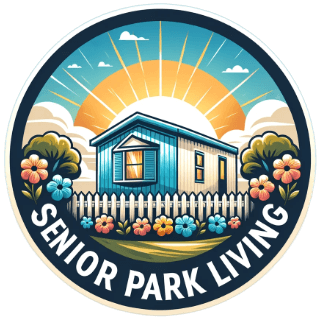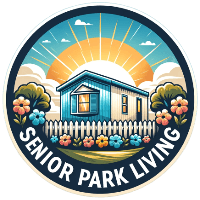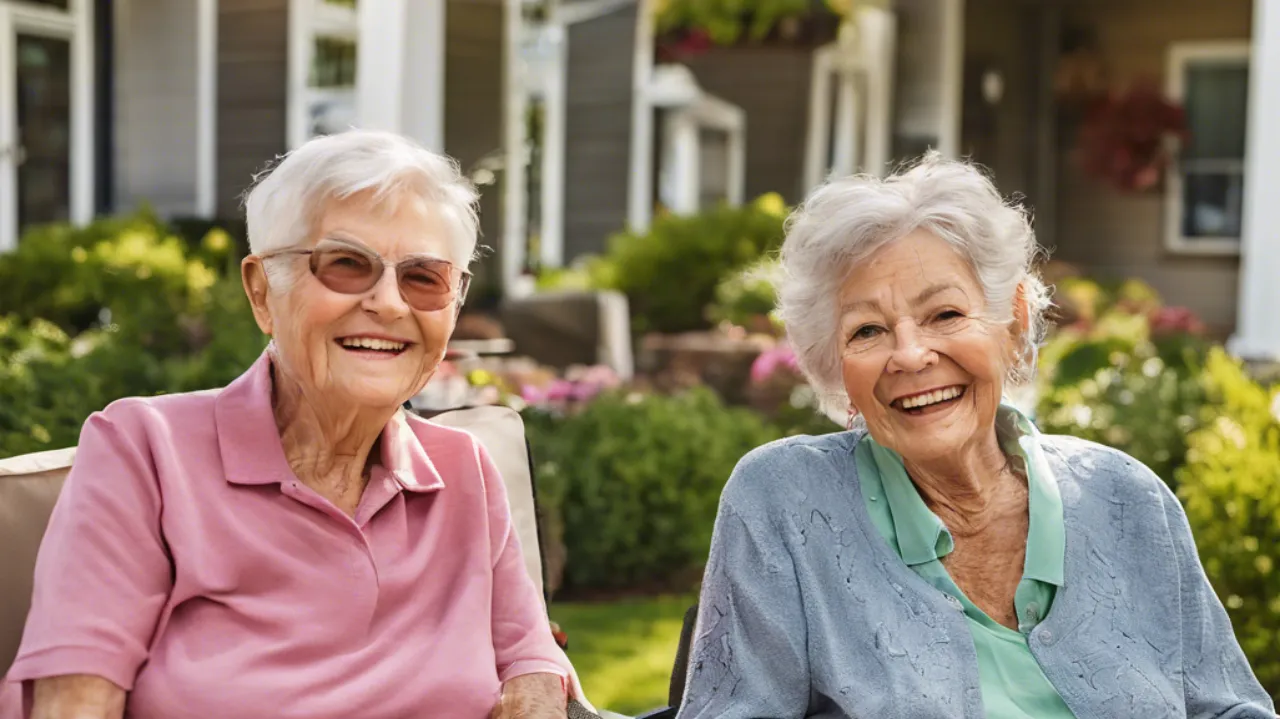The Future of Senior Lifestyle: Transforming Retirement Living
As we move into mid 20s, the blueprint for senior living is experiencing significant changes due to demographic shifts, technological advances, and evolving views on aging.
For active adults, particularly those aged 55 and above exploring retirement communities, the priority is to create environments that support independence, encourage social interaction, and ensure comfort and safety.
Embracing Universal Design in Senior Lifestyle Communities
One of the major shifts in senior living spaces is the integration of universal design principles. This approach isn’t solely about accessibility—it’s about creating a seamless experience for residents of all mobility levels without compromising on style.
Consider wider doorways, bathrooms equipped with grab bars, non-slip flooring, and lever-style door handles; all designed to improve the safety and independence of residents while maintaining high aesthetic standards.
Aging-in-Place Enhanced with Smart Technology
The idea of aging-in-place is well-established, but its implementation with advanced technology is evolving. More seniors are deciding to spend their later years in the comforting familiarity of their own homes, among memories and known neighborhoods.
Smart homes equipped with technology that automates tasks, provides security, and monitors health are becoming more popular. Survey data shows a strong preference among Americans over 50 to age in their familiar surroundings, highlighting the need for continued innovation in this area.
Holistic Health at the Heart of Senior Communities
Wellness is becoming the foundation of modern senior living spaces. Retirement community homes are incorporating features such as gyms, dietary programs, mental health support, and various social activities designed to keep residents physically and mentally active.
The goal is to improve quality of life at every level—physical, mental, and social.
Sustainable Living: A Core Focus for Senior Residences
Sustainable practices are being integrated into the construction of senior living spaces. From using energy-efficient materials and solar panels to introducing green spaces and robust recycling programs, modern senior lifestyle communities are focused on reducing carbon footprints and enhancing resident lifestyles.
This transition not only benefits the environment but also leads to cost savings on energy bills for residents, creating a beneficial scenario for all.
Personalized Care: Tailoring Services to Individual Needs
Customized care models are transforming service delivery in senior communities. By using technologies like AI and data analytics, facilities can create highly personalized care plans that take into account each individual’s health conditions and preferences.
This ensures that each resident receives care specifically suited to their needs, improving their overall well-being and satisfaction.
Intergenerational Living: A Growing Trend
Intergenerational programs are becoming popular within senior lifestyle communities, bringing together the young and old in beneficial setups.
These initiatives are not just about childcare or mentorship; they aim to foster real connections and learning experiences that benefit both seniors and young people alike. Such interactions strengthen community spirit and give residents a sense of belonging and purpose.
The Impact of Remote Work Trends on Senior Living Choices
The rise in remote work has significant implications for senior living. After 2024, many seniors may choose to move into retirement community homes that offer both the advantages of community living and the ability to work remotely. This flexibility could attract those who wish to remain active in the workforce longer.
Adaptive Reuse: Creative Solutions in Senior Housing
Considering economic factors like high land costs and interest rates, the trend of adaptive reuse is emerging in the development of senior living spaces. Converting underutilized buildings into dynamic senior residences is economically sensible and offers imaginative solutions to meet the growing need for affordable senior housing.
Conclusion: Shaping the Future of Senior Living
Looking forward, the senior living scene promises to be diverse and flexible. Future senior lifestyle communities are set to provide various levels of care and living options to meet the evolving needs and desires of the older population.
From mixed-age arrangements to high-tech homes that support independent living, the future is about providing safe, supportive, and stimulating environments for seniors.
Clearly, the most successful senior lifestyle communities will be those that not only offer security and comfort but also actively enrich the lives of their residents. Living longer means living better, and the developments of 2024 and beyond are leading to a rejuvenated approach to senior living.


